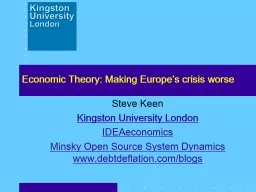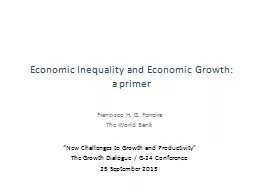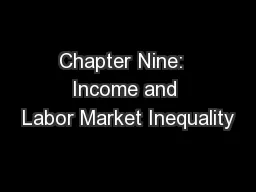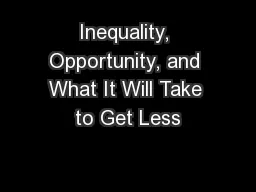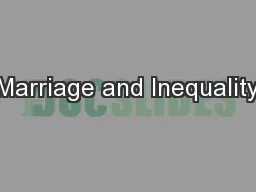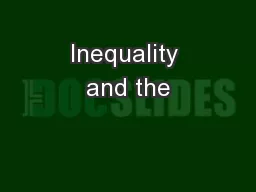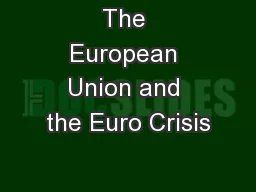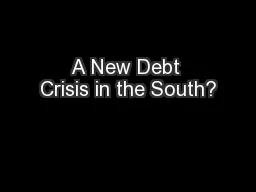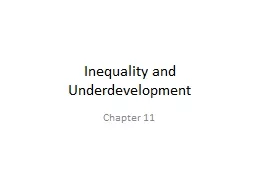PPT-Debt, Inequality and Crisis
Author : liane-varnes | Published Date : 2016-07-30
Steve Keen Kingston University London IDEAeconomics Minsky Open Source System Dynamics wwwdebtdeflationcomblogs When the economic history of our epoch is written
Presentation Embed Code
Download Presentation
Download Presentation The PPT/PDF document "Debt, Inequality and Crisis" is the property of its rightful owner. Permission is granted to download and print the materials on this website for personal, non-commercial use only, and to display it on your personal computer provided you do not modify the materials and that you retain all copyright notices contained in the materials. By downloading content from our website, you accept the terms of this agreement.
Debt, Inequality and Crisis: Transcript
Download Rules Of Document
"Debt, Inequality and Crisis"The content belongs to its owner. You may download and print it for personal use, without modification, and keep all copyright notices. By downloading, you agree to these terms.
Related Documents

